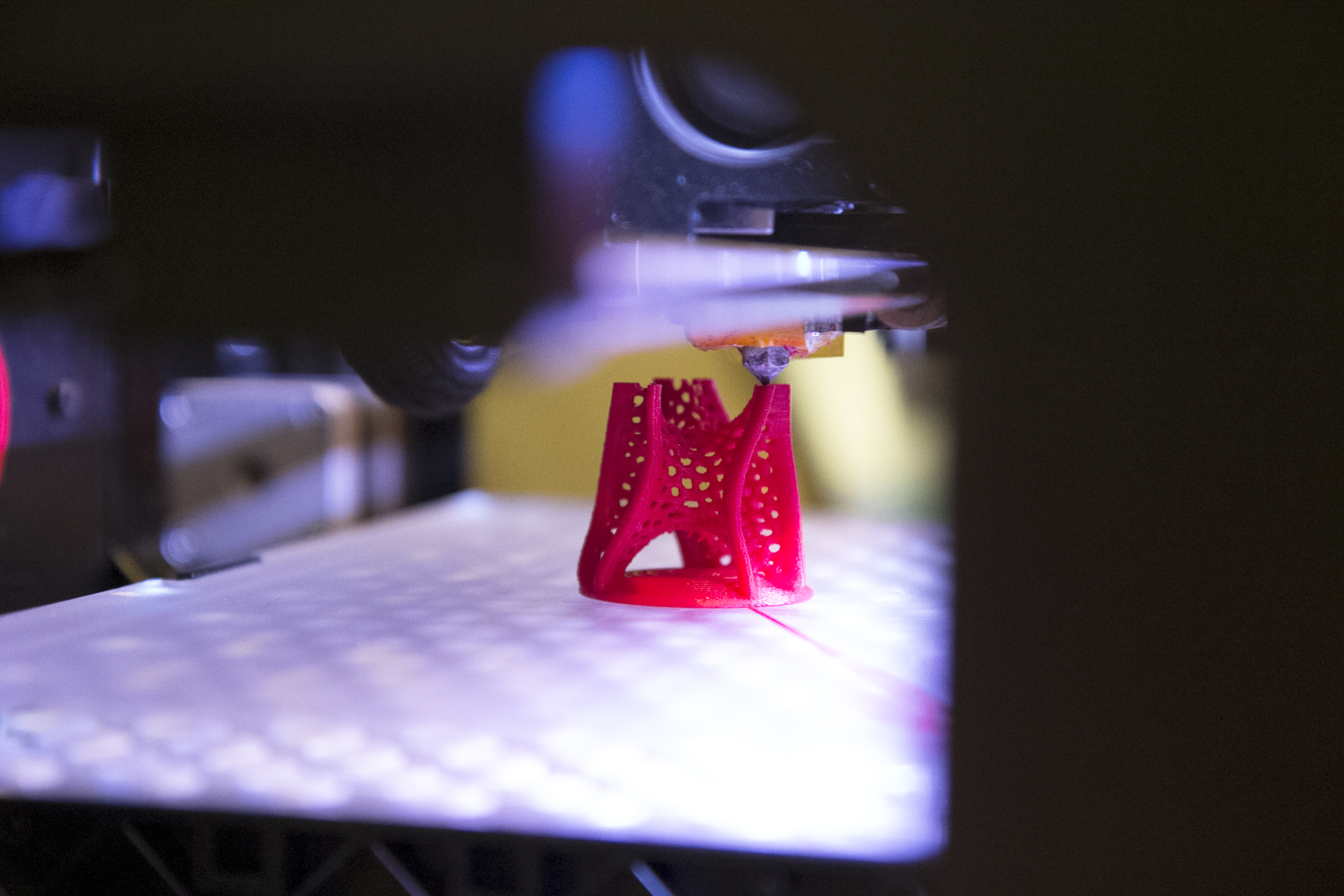Crowdsourced streetview images using imaging technology developed by LTH
– Published 8 July 2014

Thanks to image analysis research from LTH, users can now produce their own streetview images in the style of Google Street View. The technology has engendered a company named Mapillary, under development by four entrepreneurs from Skåne and spearheaded by senior lecturer Jan Erik Solem from LTH. He sold his previous company, Polar Rose, to Apple for around SEK 200 million – but is now investing in crowdsourced streetview images which work on the tiniest forest path.
Satellite images are all very well, but how do things actually look on the ground at any given location? Using services such as Google Street View and Bing StreetSide, web surfers can take a virtual stroll both in the neighbouring village and on the other side of the planet. Considered globally, Google is largest, but in Sweden companies such as Eniro and Hitta.se also have services for viewing ground-level images. So why propose yet another service to show streetview images?
‟Mapillary is independent of any mapping platform and functions even on the smallest lanes. Other streetview images usually only cover larger roads where it is possible to drive a car. The background for Mapillary is an idea I have had for many years, and the time is right with regard to both technology and infrastructure”, says Jan Erik Solem.
The images are gathered using Mapillary’s app, which users need to have installed on their mobile phones. The app uses both GPS as an accelerometer and other sensors in the mobile device, uploading the images to Mapillary’s servers. There they are processed using image analysis – including the automatic blurring of human faces and registration numbers on vehicles. The content of the image is then matched against all others taken within a radius of around 100 metres. This is done to enable the various images to be linked, thereby allowing navigation between different views.
So far, a couple of hundred users have taken about two hundred thousand images on stretches of road totalling around 2500 km. But Jan Erik and his team have not found it particularly difficult to get people on board.
‟On the contrary, many people see the usefulness of having images to match the maps of their own neighbourhoods, their own jogging routes and so on. Thanks to mobile telephones, you don’t need to send a car or any other equipment out to take streetview pictures. Everything is already in place, in the pocket of anyone motivated enough to take pictures,” he says.
Mapillary is by no means Jan Erik Solem’s first start-up. He was the founder of Polar Rose – the company which analyses human faces, sold to Apple in 2010. Last year he moved back to Skåne from Silicon Valley and resigned from his job at Apple.
Currently he is back at LTH as a part-time senior lecturer specialising in large-scale problems within reconstruction and, to a certain extent, positioning and navigation. The rest of his time is mainly dedicated to Mapillary, which he runs together with doctoral student Yubin Kuang, programming expert Johan Gyllenspetz and database guru Peter Neubauer.
Mapillary is currently focused on continued development of the service. Its future customers are services that use streetview images in locations other than those covered by the giants in the sector such as Google, Bing and Eniro. The idea is to earn money by licensing the use of the gathered data.
Anders Frick
Facts:
Jan Erik Solem is a senior lecturer at LTH and focuses on large-scale problems within reconstruction and to some extent positioning and navigation. He has also invested and become involved in a few other start-ups, among them Lund company Modcam, which is to develop new camera services, among other things.
Yubin Kuang is a doctoral student with a special interest in optimisation and machine learning, focusing on computer vision and geometric problems. He has a degree in engineering from Nanjing University in China.
